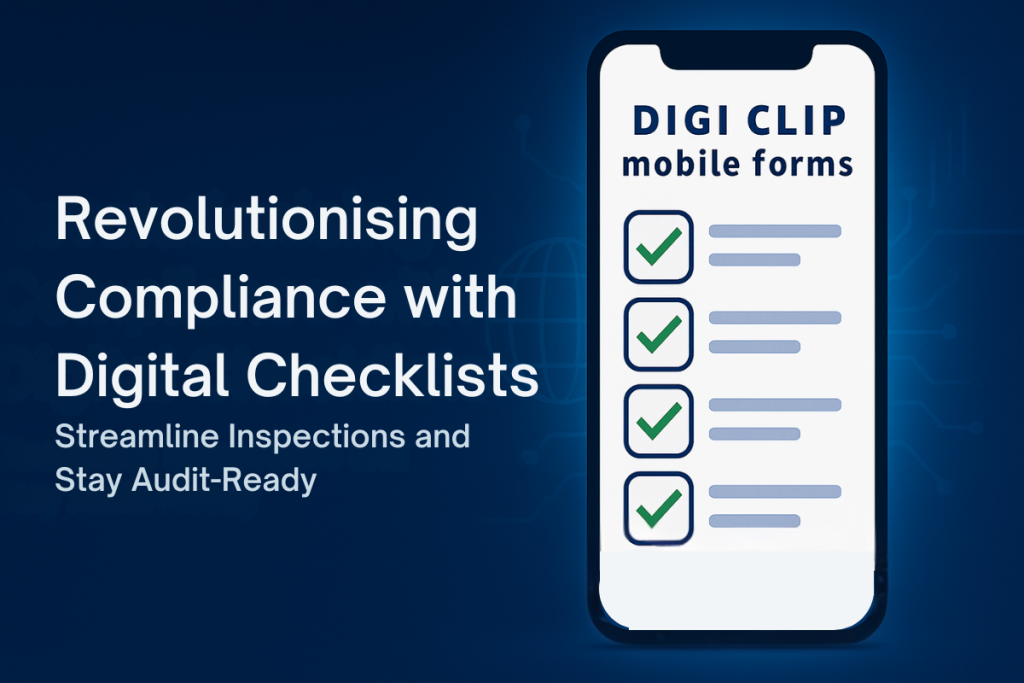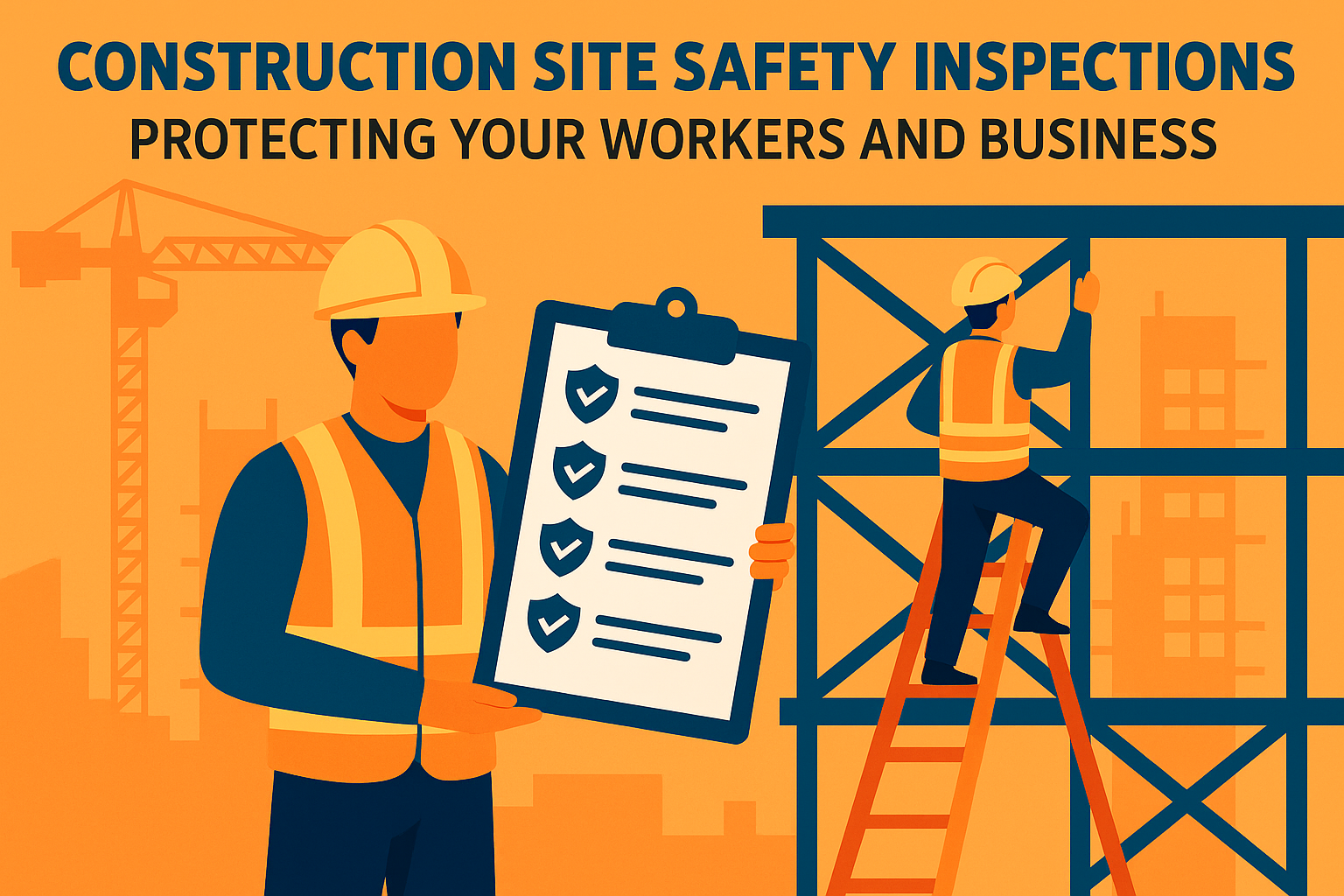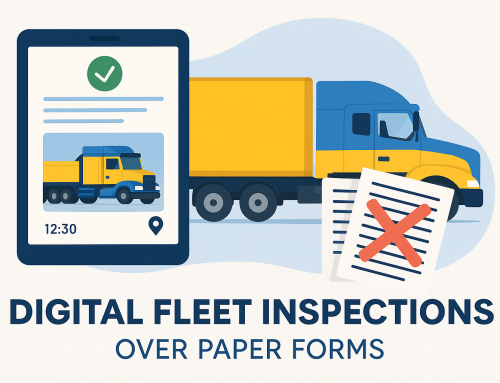Construction site safety inspections are the fastest, most reliable way to surface hazards early, demonstrate WHS compliance, and keep projects on schedule. This guide shows how to run inspections that actually change outcomes—plus free digital checklist templates you can use in DIGI CLIP.
Note: DIGI CLIP works offline. Forms can be completed without coverage and must be submitted manually once connectivity is restored. Email alerts are triggered by Smart Fields, on form submission, or via the Action Register.
Why Construction Site Safety Inspections Matter
Inspections surface hazards before they turn into incidents. They help you meet WHS duties, evidence compliance during audits, and strengthen your safety culture by making risk conversations routine—on every site, every shift.
Snapshot: Inspections identify hazards, validate controls, verify competence and PPE, and keep documentation audit‑ready. They also reinforce a safety‑first mindset across contractors and trades.
What to Include in a Construction Site Safety Inspection
Build your checklist around high‑risk activities and compliance requirements. At a minimum, include:
- Hazard identification across people, plant, process, and environment (hot works, work at height, excavations, traffic, energy isolation).
- Risk evaluation: likelihood, consequence, and effectiveness of existing controls.
- Safe systems of work (SWMS/JSEA) sighted, current, task‑specific, and communicated.
- PPE checks: suitability, condition, and correct use.
- Plant & equipment: pre‑starts, guarding, permits, isolation/LOTO, maintenance status.
- Housekeeping & access: traffic management, edge protection, scaffolding tags, exclusion zones.
- Emergency readiness: spill kits, extinguishers, first aid, muster points, contact lists.
- Records review: previous inspections, corrective actions, close‑out evidence.
- Worker engagement: toolbox talk participation, competency sign‑offs, contractor briefings.
How to Run a Construction Site Safety Inspection (Step‑by‑Step)
- Plan: Select the checklist template, define the scope and area, confirm permits, and identify high‑risk tasks scheduled.
- Brief: Notify supervisors and contractors; confirm SWMS/JSEA availability and responsibilities.
- Walk‑through: Observe work fronts, interview workers, and capture geo‑tagged photos where useful.
- Verify controls: Check PPE, isolation points, scaffolding tags, traffic controls, and housekeeping.
- Record evidence: Use comments, photos, and signatures to substantiate findings.
- Assign actions: Create corrective actions with owners and due dates in the Action Register.
- Close out: Re‑inspect critical items; attach proof of completion; document learnings for toolbox talks.
- Analyse trends: Review recurring issues and lead indicators (e.g., % high‑risk findings) to target improvements.
Business Benefits You Can Measure
- Reduced incidents: hazards surfaced early; corrective actions tracked to completion.
- Audit‑ready records: timestamps, photos, signatures, and action logs in one place.
- Higher productivity: fewer stoppages and rework; clear ownership of close‑outs.
- Stronger safety culture: consistent conversations and expectations across all trades.
Who Should Carry Out Inspections?
Safety practitioners, site supervisors, and competent contractors typically lead inspections. External audits may be performed by regulators or insurers. What matters most is competence, independence for critical risk areas, and a clear process to assign and close out actions.
Why Go Digital? Checklists & Safety Management
Compared with paper, digital inspections are faster, cleaner, and easier to action.
| Capability | What You Gain with Digital |
|---|---|
| Real‑time capture | Photos, comments, signatures, asset IDs, and geo‑stamps recorded once—no double handling. |
| Action tracking | Findings become actions with owners and due dates, managed centrally in the Action Register. |
| Accuracy | Required fields and Smart Fields reduce omissions and route alerts by severity. |
| Compliance | Audit‑ready evidence across projects with consistent templates and version control. |
| Analytics | Spot trends and lead indicators to prevent repeat issues. |
About DIGI CLIP Mobile Forms
DIGI CLIP mobile forms is a simple, affordable inspection & checklist app with cloud reporting. Replace paper with photo‑rich, signed reports and a central Action Register. Use the Form Library to start fast, then customise to your risks and operations.
Offline first: complete checklists without signal. Submit manually once reconnected. Email alerts are triggered by Smart Fields, form submission, or via the Action Register.
No credit card required • Full feature access • Set up in minutes
Related Reading (Internal)
FAQs
How often should construction site safety inspections be conducted?
At least weekly for general conditions, daily for high‑risk work fronts, and before/after major changes (e.g., concrete pours, crane lifts, excavation stages). Follow your SWMS and project risk profile.
What’s the difference between an inspection and an audit?
An inspection checks conditions and behaviours in real time on site. An audit evaluates whether your system and documentation meet standards and are implemented effectively.
Do I need separate checklists for different trades or tasks?
Yes. Keep a core site inspection plus task‑specific modules (height work, electrical, hot works, confined spaces). DIGI CLIP templates can be mixed and customised.
How do actions get tracked to completion?
Convert findings into corrective actions with owners and due dates in the DIGI CLIP Action Register. Managers receive email alerts based on Smart Fields or on submission.
Can inspections be performed offline?
Yes. Complete inspections offline and submit manually once you have connectivity.
Where do I start?
Signup for the DIGI CLIP free trial. Open a template from the Form Library, customise fields, save it to your subscription, run an inspection, and track actions to close.
Useful Resources








Leave A Comment